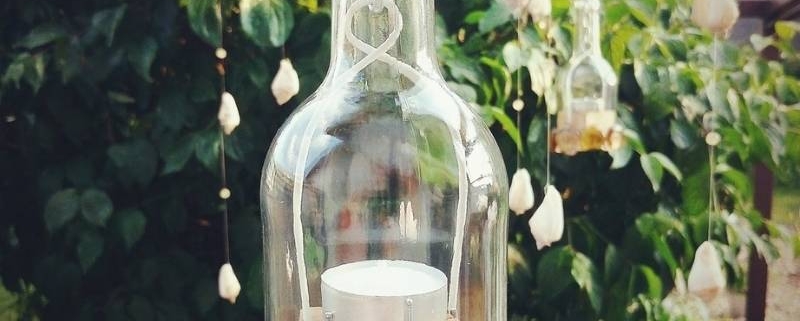What is upcycling?
All there is to know about upcycling.
You may have heard the term ‘upcycling’ or ‘upcycled’ thrown around online as of late. The word is becoming increasingly popular on online spaces line Etsy and Pinterest. But what actually is upcycling? How exactly does it benefit the environment, and how can you get upcycling yourself?
What is upcycling?
We’re all familiar with the process of recycling, wherein an object or materials that we would usually throw away are reprocessed and turned into something else.
Upcycling follows the same principle, but the item is repurposed into something that has a higher value.
The value here is naturally subjective and doesn’t have to mean monetary. Whilst the goal of a lot of upcycling is to create a higher resale value – some are purely for the joy of the craft or the aesthetic value.
So, it can, but doesn’t have to mean turning an old bike into a planter. But it can also mean turning old loo roll into some festive Christmas carolers.
The environmental impact of upcycling is much the same as recycling – with the goal being to keep as much waste as possible out of landfill sites in order to reduce the number of harmful toxins, greenhouse gasses and other pollution created by the disposal of our waste products.
Where did upcycling originate?
Despite still being an unknown or untapped phenomenon to many, upcycling actually has a long history in the UK.
The process of using old fabrics to create something new became very well-known to the majority of Britons during the Second World War, when, as a result of rationing, many used old fabrics such as curtains and rags to make new clothes.
But upcycling arguably didn’t take root in popular culture until the 1980s and 90s when through a combination of the punk movement and recession, a younger generation of teenagers repurposed clothes and materials that had been handed down to them from their elders.
It wasn’t until 2002 that upcycling was given a name in the book Cradle to Cradle: Remaking the Way We Make Things, co-written by American architect William McDonough, and a German chemist named Michael Braungart. Cradle to Cradle proposed an environmentalist framework for sustainable material production based on the use of a combination of biological and engineering elements.
In doing so, not only did it advocate for renewable energy, but McDonough and Braungart also brought upcycling to light by discussing the ways in which biological and technological elements could be repurposed and used again.
A prime example of this is that even the original printing of the book was upcycled from old plastic material that would’ve otherwise been destined for landfill sites.
Of course, one of the key factors in the rise in popularity of upcycling in recent years is due to the advent and use of the internet and social media. What is great about this, is that it can provide you with many ways to…
Get upcycling!
To get started with upcycling, you don’t have to be creative, or even that crafty. The key thing is taking part. And through the wonders of the internet, there is no shortage of inspiration.
Just about any item you can think probably can and already has been upcycled.
Popular sites like Pinterest, Instagram, Facebook and YouTube are full of ideas and inspiration to get you started and help you upcycle items you have lying around at home.
Not only this, but many ‘upcyclers’ have their own blogs and websites to help you get some help and inspiration. Some of our favourites, with huge libraries of crafts, include Upcycle That and Keltainen Kahvipannu.
And if you would prefer an in-person approach, you can get involved by visiting a local upcycling workshop. You’d be surprised how many are out there!
Restore your old furniture
At Furniture Medic, everything we do is based around a single premise: restore, not replace. So of course, we are big on upcycling.
Stay tuned to our blog for more posts featuring upcycling ideas throughout the year. Our restoration process also repurposes materials and furniture items instead of disposing of them.
Whether for your home or business, Furniture Medic can give your furniture items a new lease of life.
Be it upholstery repair, fire or water damage, or general wear and tear, we make your items good as new through a range of bespoke and professional on-site services.
Restoring your old furniture is better for the environment and a great way of keeping items that you love around whilst giving them a fresh look. If you have some old furniture that you just can’t bring yourself to replace, find your nearest Furniture Medic to restore it to its former glory today.
Simply fill out our online contact form and book your free, no-obligation quote.



